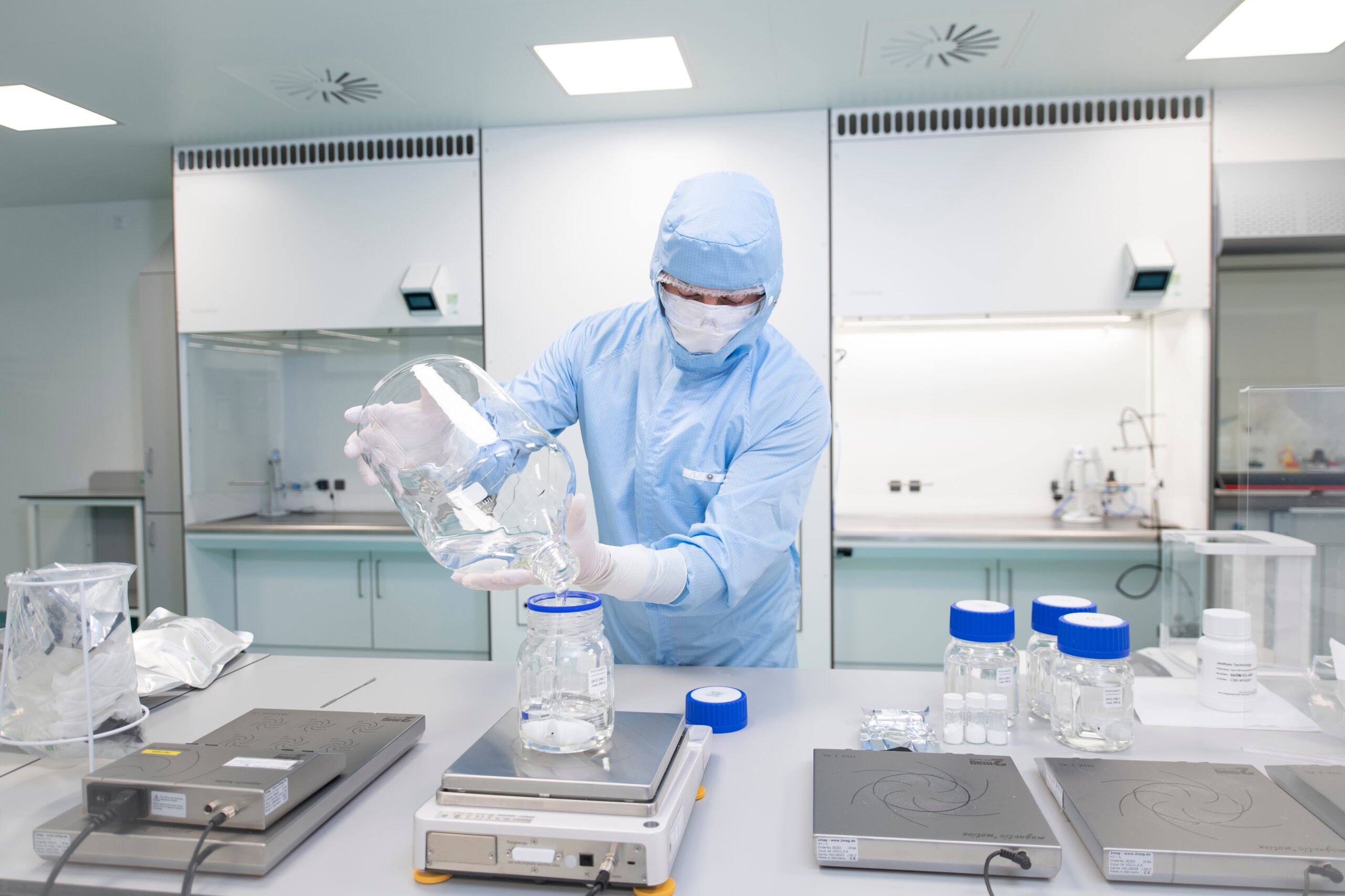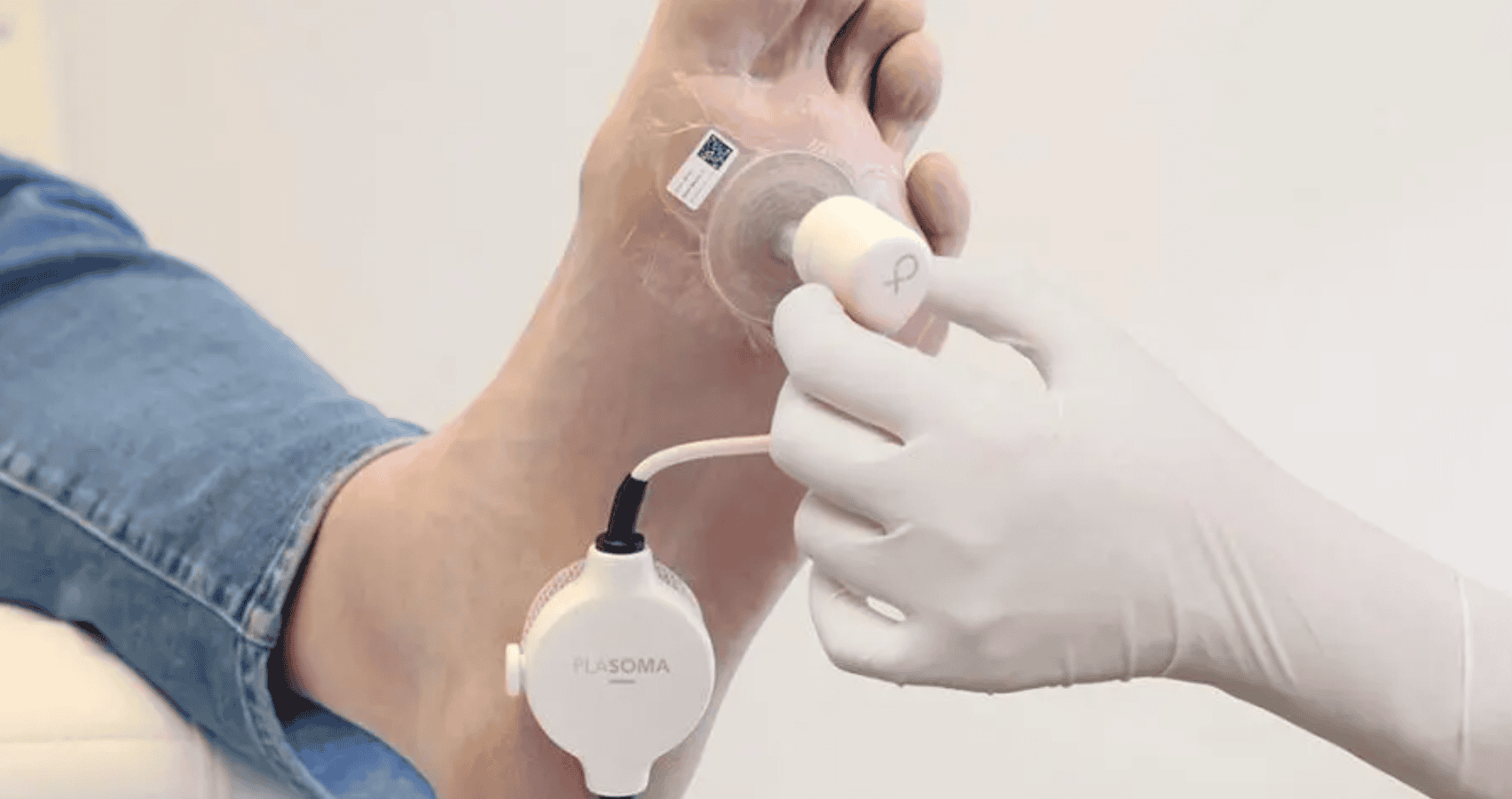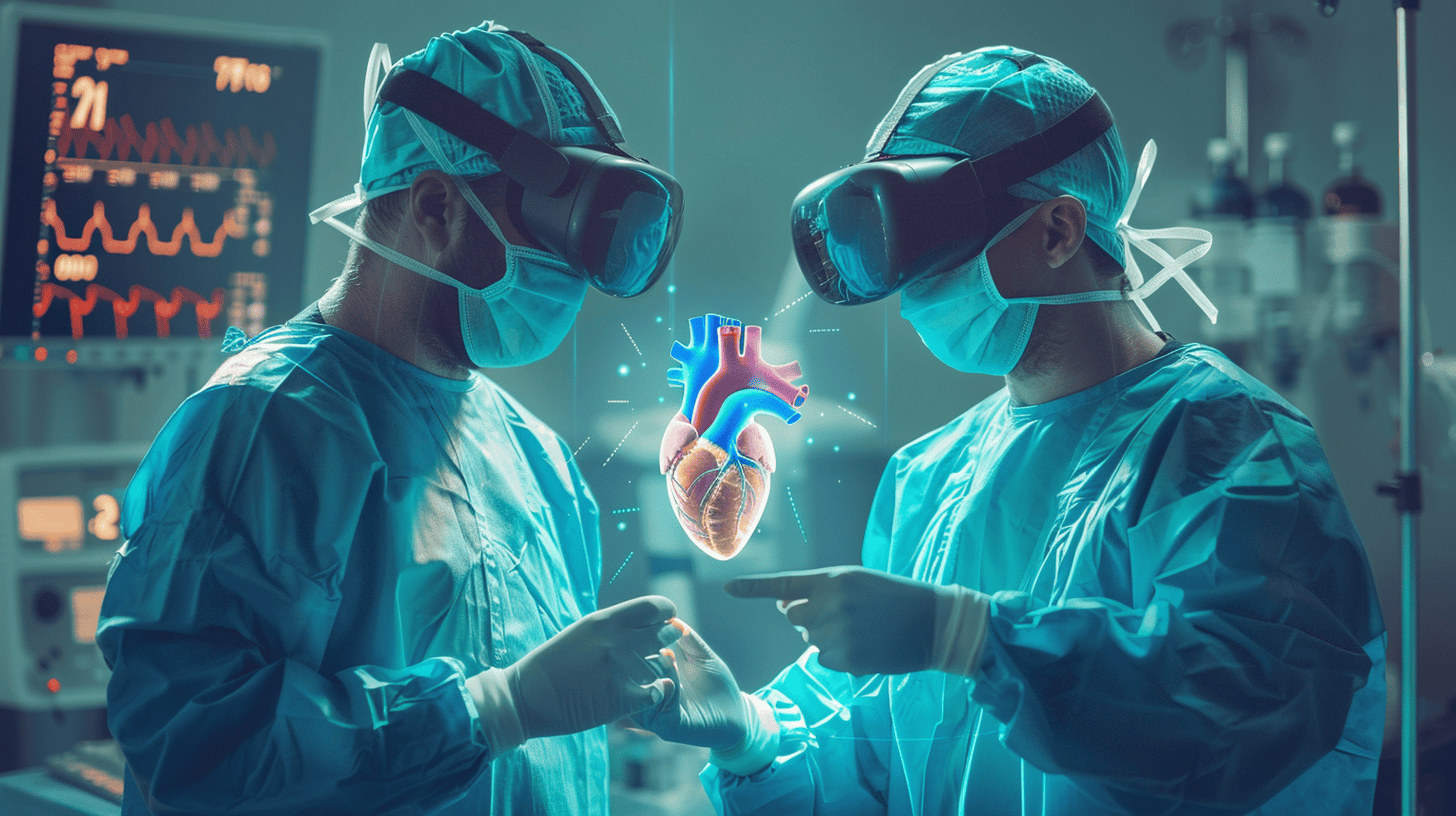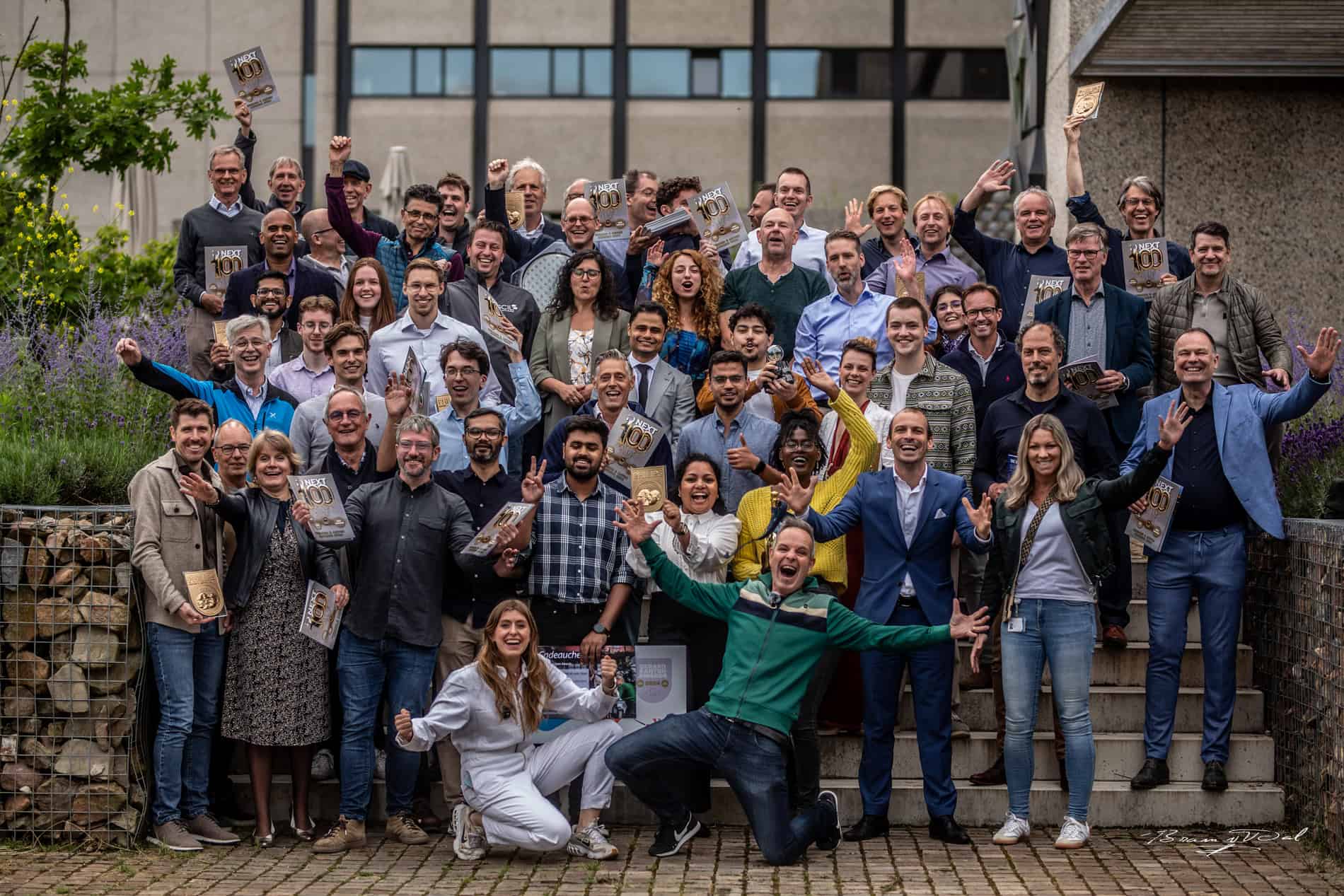
Whether it is for a surgical procedure or for post-operative care, medical technology is being used more and more in hospitals. Groningen-based Polyganics is also helping healthcare a step forward. The soluble brain plaster that the company brought onto the market has proved to be a great success. The company is currently working on a similar product, suitable for wound care in the liver and pancreas.
Nasal foams, brain plasters, nerve tubes: Polyganics is a jack of all trades. The medical solutions that the company develops are diverse, but all of them have one important thing in common: they are made of materials that dissolve in the body. The brain plaster is its most recently developed product and is used in hospitals throughout Europe. Its success meant that the company recently had to move to larger premises on the Zerniketerrein in Groningen, where there is more room for the factory and laboratory. Polyganics is currently working on the next step: the development of a soluble plaster for the liver and pancreas.
Marleen Schoonen is Director of Corporate Communication & Corporate Initiatives at Polyganics. She talked to us about the brain plaster and other products Polyganics has launched on the market and what else we can expect to see from the company in the future.
The brain plaster is proving to be a huge success. How does it work exactly?
“The patch, or plaster, is used after a neurosurgical procedure. This kind of procedure is done because the patient has a tumor in their head, for example. The skull is then opened up and the meninges are found underneath the skull. This is parchment-like and therefore cannot be completely stitched back together. You then end up with holes in the membrane which causes fluids, such as cerebrospinal fluid, to leak out. Inflammation and swelling can subsequently occur. These can be life-threatening.”
“Our patch is a product that you apply to the meninges to prevent leakage of cerebrospinal fluid and blood. The plaster stays in the body for some time and gradually dissolves. As a result, there is no need to have another operation to remove the product.”
So the product dissolves in the body. Is that really safe?
“Some of our products are already being used in hospitals. This all took years of development work. The plasters must meet very strict safety requirements. For example, we check to make sure that no inflammatory reactions occur in the body as a consequence of using the product. I can say with my hand on my heart that the plaster really is completely safe.”
Do you have any other products that are being used by hospitals?
“We originally started out by putting nasal foams onto the market. These foams are what helped make our company big. They are used all over the world in nasal surgeries. You can squeeze them and insert them into nasal passages. After a few days, the product dissolves and you can blow the foam out of your nose. The upside: you don’t have to remove all kinds of cotton wool which carries the risk of reopening wounds.”
“In addition to all that, we also make tubes that are used in cases of nerve damage. If an accident damages the nerve of your finger, then the nerves need to repair themselves. They have to grow back together. We have developed a tube that guides the nerve endings towards each other. This prevents the nerve ends from fraying. In fact, this latter phenomenon is what causes phantom pain.”
How is the development of the plaster for the liver and pancreas progressing?
“This plaster works the same way in principle as the brain plaster and can be used in relatively invasive procedures, such as when removing a piece of liver from a patient with liver cancer. Yet there are still some challenges involved in developing this product. This is because in this area of the body, you are dealing with other types of bodily fluids, such as bile. This is a pretty aggressive fluid and the plaster has to be able to withstand it. We are in the middle of doing several studies. At the moment, the product is being tested on 80 patients in Europe. The results of the study will be used to gain CE approval, so that the product can be marketed in Europe.”
Is the medical sector open to the innovations that you are working on?
“Absolutely. Often the idea for a new product starts precisely with a request from a physician. We look at what surgeons need and also have a lot of contact with medical and doctors’ associations. We look for opportunities for collaboration throughout the whole process, from testing to bringing products to market.”
What can we expect from Polyganics in the future?
“We want to be a global player that matters in the field of recovery after surgical procedures. The goal is to eventually be able to offer surgeons a toolbox with all kinds of different ways to promote patient recovery that is based on our soluble polymers. It is fantastic that we are able to do this from Groningen.”
You can read other stories about Groningen via this link.








